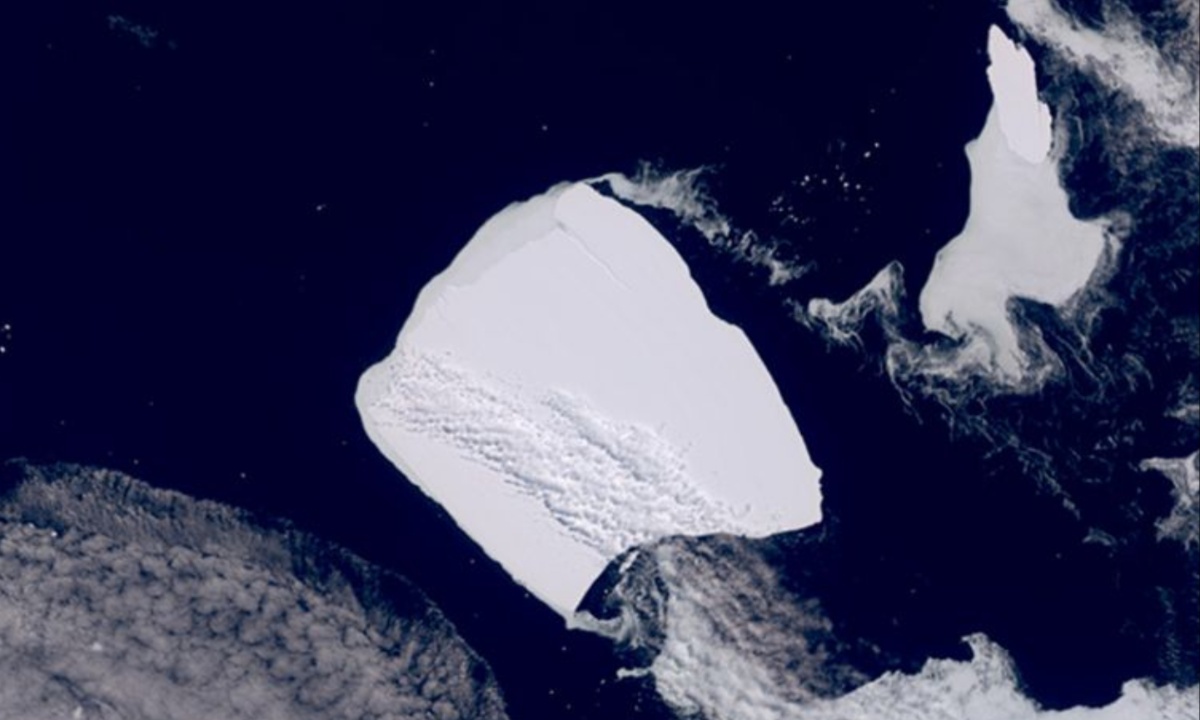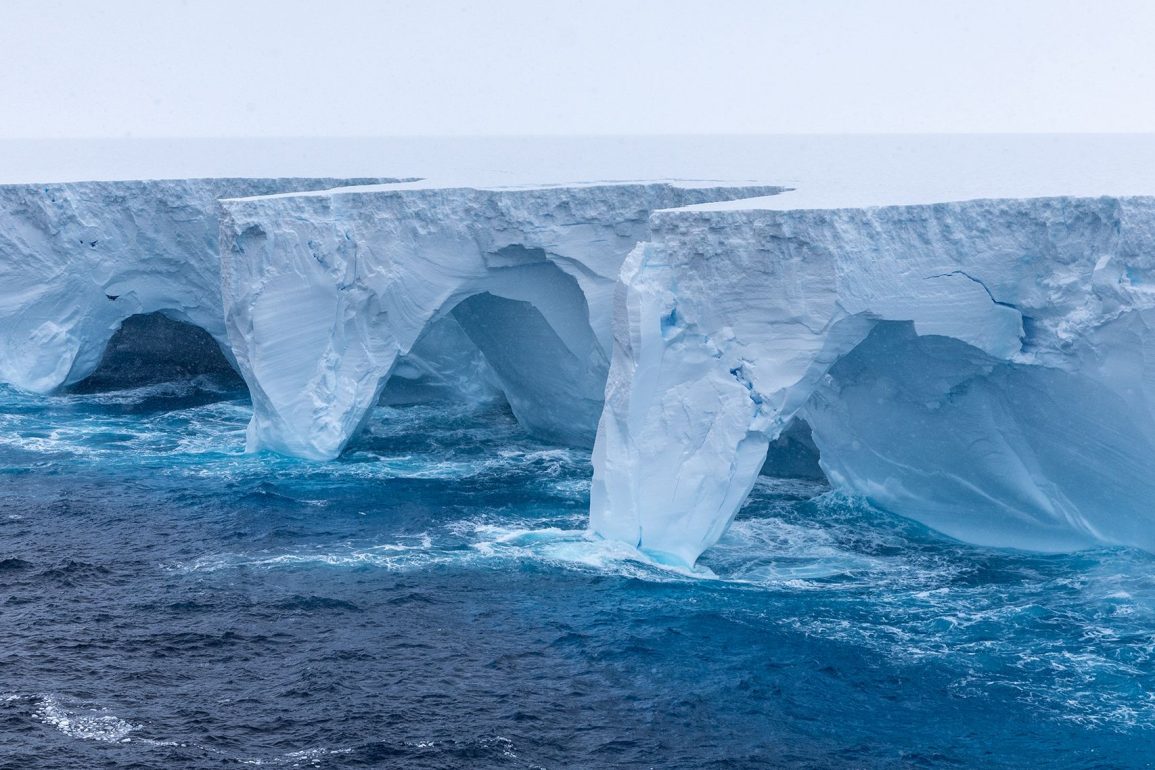A23a, the world’s largest iceberg, has been stationary just north of Antarctica, spinning instead of moving with the powerful Antarctic Circumpolar Current (ACC). This unusual behavior is due to the iceberg being captured atop a Taylor Column, a rotating cylinder of water formed by underwater topography.
This phenomenon, identified by oceanographers, suggests that A23a could remain in its current location for years, defying the usual transient nature of icebergs which typically fragment and melt away. Polar expert Prof Mark Brandon emphasizes that A23a is an exception, described as the iceberg that refuses to die.
The longevity of A23a is noteworthy, having broken free from the Antarctic coastline in 1986 only to get stuck in the bottom-muds of the Weddell Sea for three decades. It wasn’t until 2020 that A23a began drifting again, moving towards warmer waters, a journey that should have accelerated once it entered the ACC.
However, instead of being carried into the South Atlantic, the iceberg remains stationary, turning in an anti-clockwise direction by about 15 degrees daily, which has delayed its decay and potential demise.

The iceberg’s immobility is attributed to a type of oceanic vortex known as a Taylor Column, first described by physicist Sir G.I. Taylor in the 1920s. This vortex forms when an underwater obstruction disrupts the flow of a current, creating a rotating mass of water. In A23a’s case, the obstruction is the Pirie Bank, a 100km-wide bump on the ocean floor. This phenomenon has trapped A23a in place, preventing it from drifting as expected with the ACC.
Prof Mike Meredith from the British Antarctic Survey highlights the fascinating nature of Taylor Columns, which can also form in the atmosphere. These rotating structures can range from a few centimeters in laboratory experiments to massive scales in the ocean, as seen with A23a.
The duration of A23a’s spinning-top routine is uncertain, but previous studies have shown similar phenomena can persist for years. The iceberg’s current behavior underscores the critical role of seafloor topography in influencing oceanic currents and dynamics.
A23a’s case demonstrates the importance of understanding the seafloor’s shape, as underwater features like mountains, canyons, and slopes significantly impact water movement and nutrient distribution, essential for oceanic biological activity.
Additionally, these features influence global climate by dispersing heat energy across the oceans. However, much of the seafloor remains poorly mapped, with only a quarter surveyed to modern standards, highlighting the need for further exploration to better comprehend these intricate oceanic processes.

